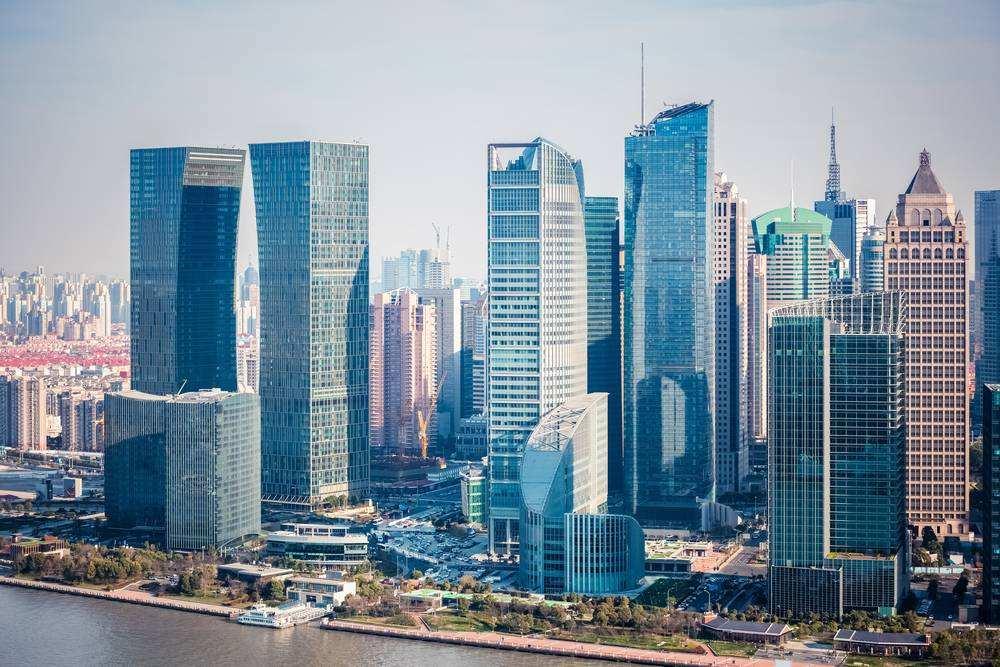BEIJING, April 25 (Xinhua) -- Six years on, it has been no easy task for the Belt and Road Initiative (BRI) to evolve from a Chinese proposal to a platform that has bonded more than 150 countries and international organizations for common development.
Groundless criticism keeps arising. In one of the accusations, the BRI was depicted as a form of "debt trap diplomacy," through which China intended to bend debtor countries to its will by burdening them with huge infrastructure loans.
However, no country has claimed being enmeshed by BRI-related financing from China. Nor did any BRI project incur a systemic debt problem in its host country.
When it comes to debt sustainability, there are many variables to be scrutinized, not just the public debt-to-GDP ratio, an indicator of overall debt levels.
An analysis of one country's debt portfolio can reveal whether there is a single dominant creditor. In addition, the revenue of a debt-financed project reflects the debt servicing capability.
Chinese Ambassador to the United States Cui Tiankai has denounced claims that the BRI is a debt trap in an article published Tuesday on Fortune magazine's website.
Statistics revealed by Philippine Finance Secretary Carlos Dominguez showed that at the end of 2022, the government's debt to China would only be 4.5 percent of its total, less than half of that to Japan, which would account for 9.5 percent of the total.
Sri Lanka's ambassador to China also dismissed the so-called debt trap. Tangible benefits have been delivered by the country's cooperation with China under the BRI.
In the Colombo Port City, co-developed by the Sri Lankan government and China's CHEC Port City Colombo (Pvt) Ltd, more than 4,000 jobs have been created for local residents, benefiting thousands of Sri Lankan families. In the future, the project is expected to attract 13 billion U.S. dollars worth of investments within the city.
The proof of the pudding is in the eating. None has a bigger say than those who are involved in BRI cooperation. Naysayers may continue to pick faults with bias, but no development opportunities await.
The initiative, raised by China, is multinational in nature. More multilateral financial institutions have been attracted to BRI-related financial integration.
China's central bank, for instance, has rolled out joint financing programs with the International Finance Corporation under the World Bank Group, Inter-American Development Bank, African Development Bank and the European Bank for Reconstruction and Development. By the end of 2018, these institutions invested in more than 100 programs in over 70 countries and regions.
The China-Arab States Bank Consortium and China-Africa Financial Cooperation Consortium were established to boost multilateral financial cooperation. With the launch of the China-EU Joint Investment Fund, the BRI can be better aligned with the Investment Plan for Europe.
For years, infrastructure financing has been like a hot potato. Though badly needed and often involving large-scale infrastructure essential for a country's long-term development, such financing tends to have longer loan terms, generate little short-term gains and is thus less welcomed in the financing market.
Although global liquidity is generally abundant, there exists a structural imbalance in infrastructure financing, with developing countries facing a huge funding gap.
To remedy the situation and effectively channel funds to where they are sorely needed, China launched the Silk Road Fund, which immediately stood out for providing medium- and long-term equity investment to enhance the core capital of large-scale projects. With enhanced credit, these projects have become less vulnerable to risks, and appeal more to lenders and investors.
Currently, equity investment takes up more than 70 percent of the financing the Silk Road Fund has promised to provide.
The Silk Road Fund also favors public-private partnership in financing cooperation and encouraging private enterprises to collaborate with governments, so as to ease host countries' financing burdens, which might otherwise be too high if depending only on debt financing.
Such partnership has proven quite feasible in a hydropower project in Pakistan and a clean coal power plant and solar-thermal power plant in Dubai, Saudi Arabia, according to Silk Road Fund President Wang Yanzhi.
When China says it wants to build the world into a community with a shared future, it is not out of geopolitical purpose or ambition to pursue bigger influence as some critics think. It is based on China's development experiences to pursue common prosperity for the people and a genuine aspiration to make the world a better place.
In this world full of conflicts and frictions, can this genuine aspiration be well received? We have every reason to be optimistic, as goodwill prevails and great things sell.




 A single purchase
A single purchase









